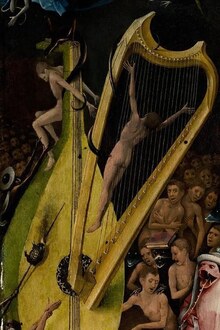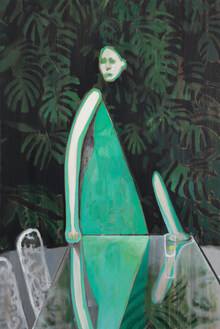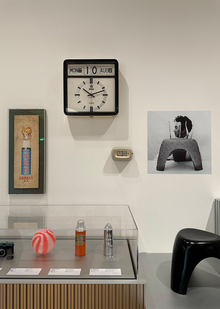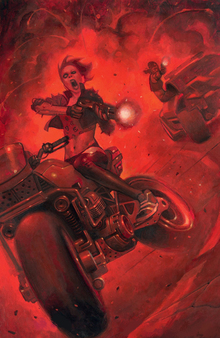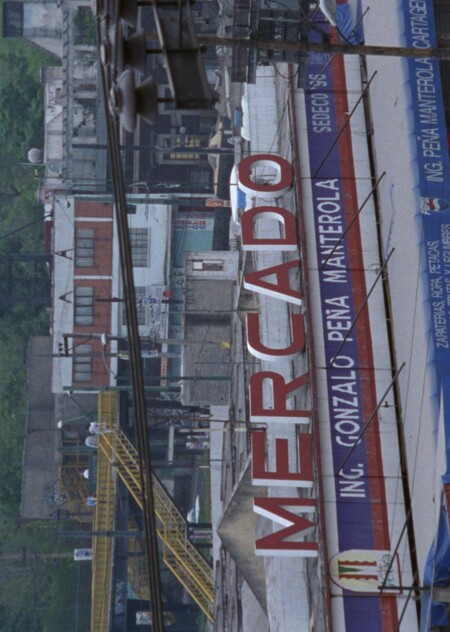
Analysis of the film: UPAEP Lecture Course
In June and July 2025, I participated in the Global Summer Teaching Exchange programme as part of the international cooperation of the School of Design with the Popular Autonomous University of Powell, Mexico (UPAEP). During the month, colleagues from different countries and I conducted courses and master classes for students and teachers. The main activity of my work force was the course «Analysis of the Film» for the students of the Ciencias creativas department. Eight lectures were given on different approaches to the study of the structure of the film image. Thanks to the course, students were able to learn about the basics of film theory.
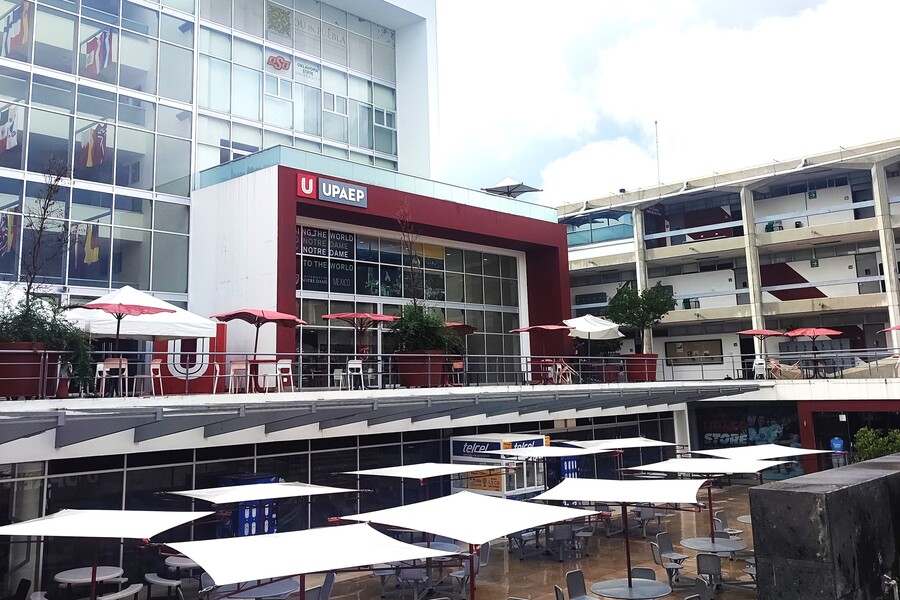
UPAEP: Main building
The first half of the course was devoted to the analysis of the structure of the film image. There was a need to demonstrate the diversity of approaches to film creation that had originally been present in the theory and practice of filmmakers.
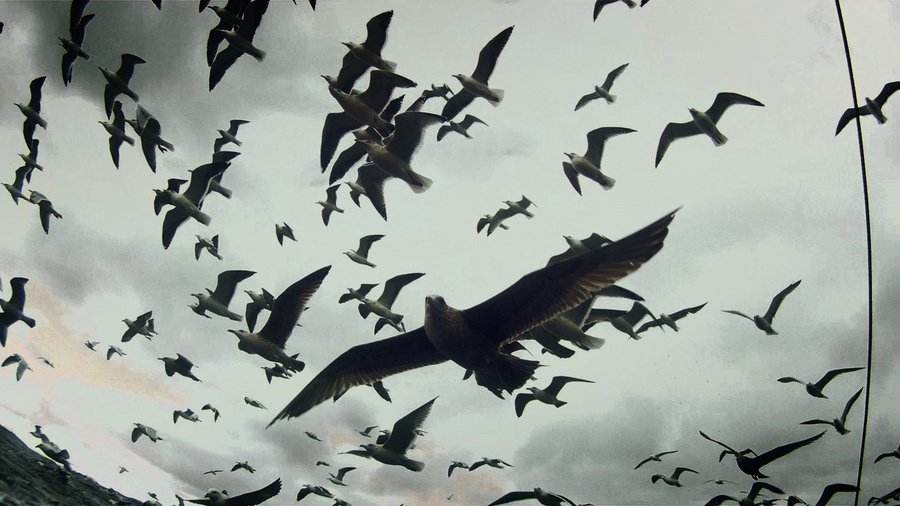
Film from the film «Leviathan» (2012, directed by Lucien Casten-Taylor and Virina Paravel)
Here we studied four types of visual images. Three of them were born at the earliest stage of the film’s existence: narrational, attractive, and soothing. Although the conceptualization of these approaches is late in the 1980s, they are clearly documented in early film writers' texts and films: David Wark Griffith, Lion Kulesov, Sergei Eisenstein, Charlie Chaplin, Zigi Vertov, Jean Epstein. The fourth type of visual image appeared later, after the sound had arrived; its features (no installation, deep mesanscence) were recorded and described by French critics and theorist André Bazen. During the class, not only did we go into the details of the original concepts, but we also learned how to find traces of the influence of these traditions in modern cinema. The students were particularly interested in discussing how the «cinema-eyed experience» in the experimental documentary «Leviathan» and how the basic principles of Eisenstein’s installation influenced the substation.
In the second part of the course, we discussed what visual analysis techniques were developed by film theory in the second half of the twentieth century.
Film from «Our Time» (2018, cut by Carlos Reigadas)
Among the main subjects studied were the Big Theory (psychoanalysis and neo-Marxic criticism), post-colonial research in modern theory, and turning to passions, feelings and experiences, which became the methodological basis for the work of Roland Bart, Susan Sontag, Vivian Sobchak and Laura Marks. A special place in this part of the conversation was the discussion of slow movies — the direction that emerged in the early 2000s in the world context. Among its key representatives were Mexican directors, so the theme provided a good opportunity to integrate Latin American cinema.
Film from «Nobody can hear you: the smell of violets» (2001, Marisa Sistach)
